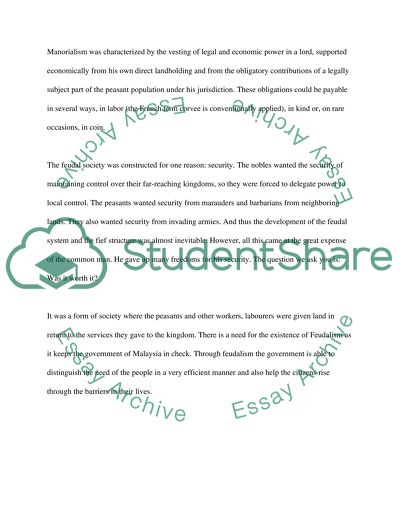Cite this document
(“Feudalism and Islam in South East Asia Essay Example | Topics and Well Written Essays - 2250 words”, n.d.)
Retrieved de https://studentshare.org/sociology/1391396-feudalism-and-islam-in-south-east-asia
Retrieved de https://studentshare.org/sociology/1391396-feudalism-and-islam-in-south-east-asia
(Feudalism and Islam in South East Asia Essay Example | Topics and Well Written Essays - 2250 Words)
https://studentshare.org/sociology/1391396-feudalism-and-islam-in-south-east-asia.
https://studentshare.org/sociology/1391396-feudalism-and-islam-in-south-east-asia.
“Feudalism and Islam in South East Asia Essay Example | Topics and Well Written Essays - 2250 Words”, n.d. https://studentshare.org/sociology/1391396-feudalism-and-islam-in-south-east-asia.


